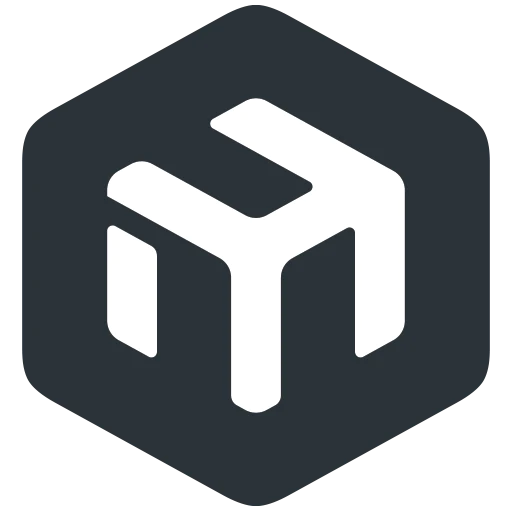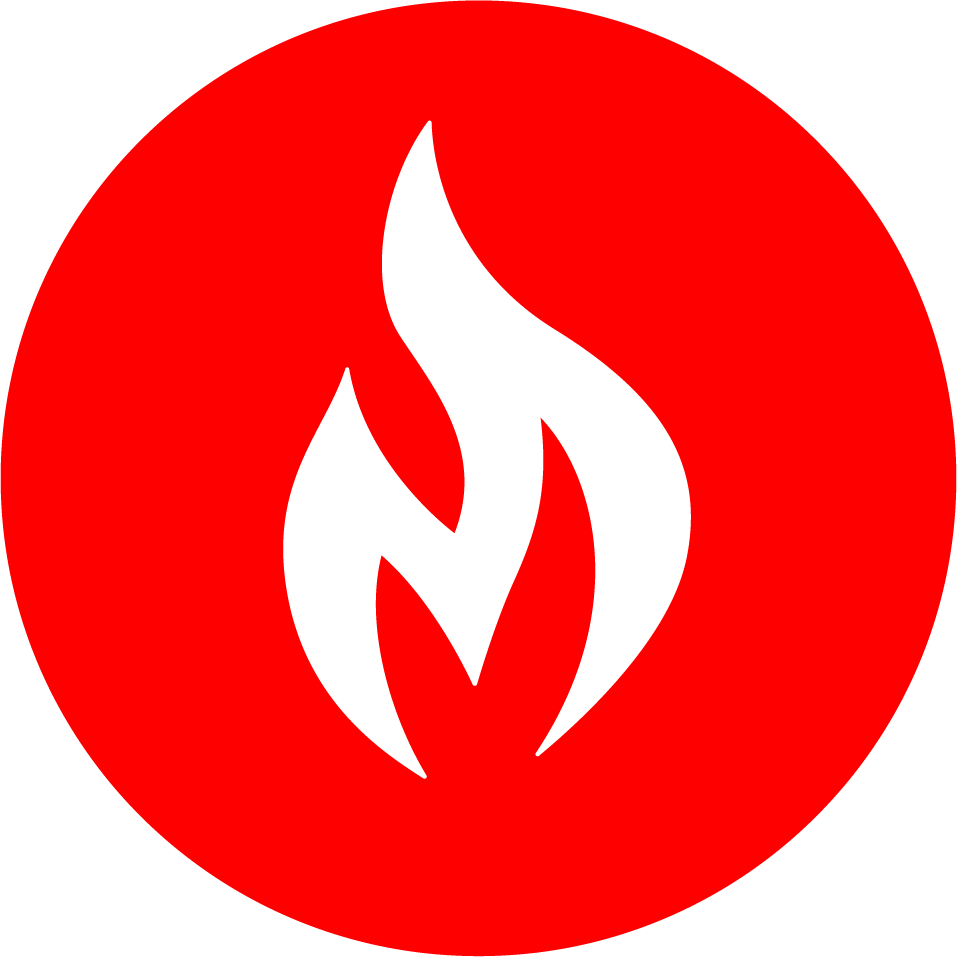 +
+

To integrate MikroTik Routers and Switches with MetricFire, please sign up for a free 14 day trial. We want to fully understand your requirements and monitoring goals, so we can advise you on how to obtain better visibility into your infrastructure. Please book a demo with us so we can show you how quick and easy it is to get meaningful data into your MetricFire account, and use that data to build custom dashboards and alerts.
MetricFire is a powerful monitoring and analytics platform that allows you to collect, visualize, and analyze data from various sources. When it comes to network infrastructure, integrating MetricFire with MikroTik routers and switches can provide valuable insights into the performance and health of your network devices. This integration enables you to monitor metrics such as traffic, bandwidth, CPU usage, and other important network statistics. In this guide, we will walk you through the steps to integrate MetricFire with MikroTik routers and switches.
Step 1: Set up a MetricFire Account To get started, you'll need to have a MetricFire account. If you don't have one yet, head over to the MetricFire website and sign up for an account. MetricFire offers a variety of plans to suit different needs, including a free trial.
Step 2: Install and Configure Telegraf Telegraf is an open-source data collection agent that MetricFire uses to gather data from various sources. It supports a wide range of input plugins, including the MikroTik plugin, which allows you to collect metrics from MikroTik devices.
Install Telegraf on a machine that has network access to your MikroTik routers and switches. You can find the installation instructions for Telegraf on the InfluxData website (MetricFire's underlying technology).
Once Telegraf is installed, you'll need to configure it to collect metrics from your MikroTik devices. Edit the Telegraf configuration file (telegraf.conf) and add the following input plugin configuration:
graphql[[inputs.mikrotik]]
## List of addresses to gather stats about. Specify an ip on router
## that can be accessed from the machine running telegraf.
servers = ["192.168.1.1"]
## RouterOS API port, default is 8728
port = 8728
## Timeout for API requests
timeout = "5s"
## Username and password to access the MikroTik API
username = "admin"
password = "yourpassword"
Make sure to replace the IP address, port, username, and password with the appropriate values for your MikroTik device.
Step 3: Start Telegraf After configuring Telegraf, start the Telegraf service on your machine. Telegraf will begin collecting metrics from your MikroTik devices according to the configured settings.
Step 4: Configure MetricFire Data Source Next, you'll need to configure MetricFire to connect to your Telegraf instance and collect the metrics it collects. In your MetricFire account, navigate to the Data Sources section and click on "Add Data Source". Choose "Telegraf" as the data source type and provide the necessary details, such as the IP address or hostname of your Telegraf instance.
Step 5: Visualize and Analyze Metrics Once MetricFire is connected to your Telegraf instance, you can start visualizing and analyzing the collected metrics. MetricFire provides a user-friendly dashboard interface where you can create custom dashboards, charts, and graphs to monitor the performance of your MikroTik routers and switches.
You can also set up alerts and notifications based on specific thresholds or conditions to stay informed about any issues or anomalies in your network.
By integrating MetricFire with MikroTik routers and switches, you can gain valuable insights into the performance and health of your network infrastructure. The combination of Telegraf as the data collection agent and MetricFire as the monitoring and analytics platform provides a powerful solution for network monitoring and troubleshooting. Follow the steps outlined in this guide to get started with the integration and unlock the full potential of your MikroTik devices.
MetricFire is a full-scale platform that provides infrastructure, system, and application monitoring using a suite of open-source tools. We will aggregate and store your data as time series metrics, which can be used to build custom dashboards and alerts. MetricFire takes away the burden of self-hosting your own monitoring solution, allowing you more time and freedom to work on your most important tasks.
MetricFire offers a complete ecosystem of end-to-end infrastructure monitoring, comprised of open-source Graphite and Grafana. MetricFire handles the aggregation, storage, and backups of your data, and offers alerting, team features, and API's for easy management of your monitoring environment. You can send server metrics using one of our agents, custom metrics from within your application code, and integration metrics from a variety of popular 3rd party services that we integrate with like Heroku, AWS, Azure, GCP, and many more!
Our Hosted Graphite product has improved upon standard Graphite to add data dimensionality, optimized storage, and offers additional tools and features that provide customers with a robust and well-rounded monitoring solution.
By combining logs and metrics in MetricFire's Hosted Grafana, you can troubleshoot faster, spot... Continue Reading
ELKスタックを使用せず、最小限の労力で、軽量でオープンソースのセットアップを使用して、生のログを使用可能なメトリクスに変換する方法を紹介します。Loki、Python、Telegrafを使用して、ログをGraphiteメトリクスに変換し、簡単に監視やアラートを出すことができます。システム管理者、DevOps初心者、またはゼロからより革新的なモニタリングパイプラインを構築することに興味がある方に最適です。 Continue Reading